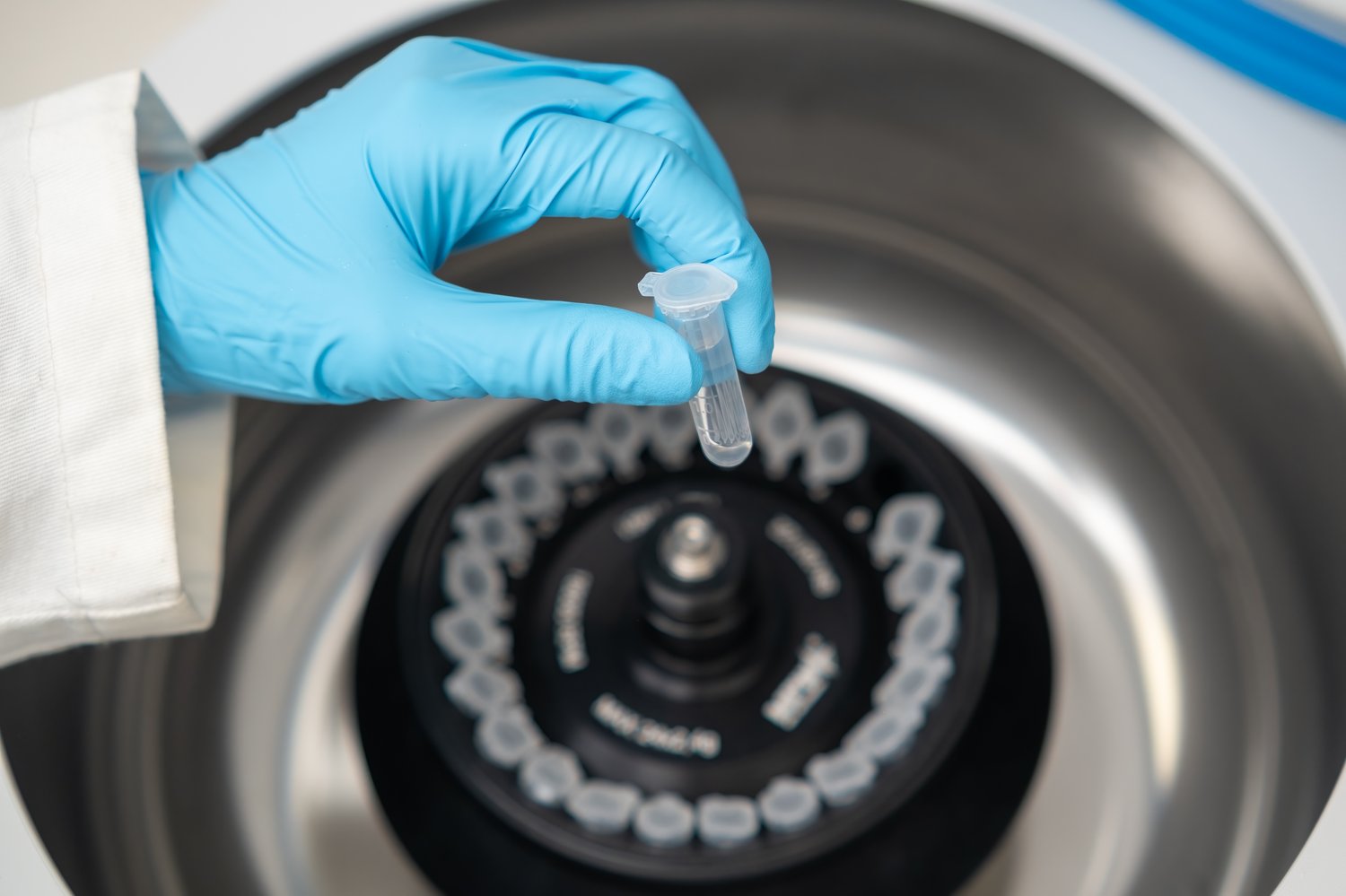Picture this: you’re halfway through washing the dishes when you suddenly realize the sink isn’t draining, and your garbage disposal seems to have gone on strike. Before you start panicking about calling a plumber, imagine tackling this problem yourself with confidence. In this guide, we’ll unravel the mystery behind a jammed garbage disposal and provide you with a step-by-step solution to reset and repair it on your own.
- Uncover the root causes: Identify why your garbage disposal jammed and what immediate actions to consider.
- Ensure safety first: Gain insights into the crucial safety measures to take before diving into the repair process.
- DIY reset and repair: Follow our clear, detailed procedures to bring your disposal back to life without any professional assistance.
- Keep future jams at bay: Learn sustainable practices to prevent recurring issues, prolonging the life of your appliance.
By taking the time to master these repair strategies, not only will you save money on potential service calls, but you’ll also optimize the functionality of your kitchen. Dive deeper into this resource to enhance your skills and keep your home running smoothly.
Troubleshooting Persistent Issues After Reset and Repair
If you’ve gone through the reset and repair process but are still facing problems with your garbage disposal, it’s time to dive deeper into troubleshooting. Persistent issues may stem from underlying causes that were not initially apparent. Understanding these can help you implement effective solutions.
Identifying Mechanical Failures: Sometimes, persistent jamming issues may be due to mechanical failures like a damaged flywheel or worn-out components. Listen for unusual noises or vibrations, as these could signal parts in need of replacement. Regular inspection and maintenance can help spot these issues early.
Addressing Electrical Problems: If the garbage disposal unit hums but doesn’t grind, it might be facing electrical challenges. Check the circuit breaker and reset it if necessary. Also, ensure the power outlet is functioning correctly. If the problem persists, examining the internal wiring may be required.
When Chemical Cleaners Aren’t Enough: Blockages may sometimes not be cleared by resetting alone. Consider using a biodegradable chemical cleaner to help dissolve stubborn debris. However, avoid abrasive chemicals that might damage the unit. If this method fails, manual cleaning might be necessary by removing the unit and accessing the obstructed areas.
Understanding Overuse and Overloading: Repeated jamming might indicate overloading. Ensure you’re not disposing of fibrous, stringy items, or large quantities at once. Spread out the disposal of waste and run cold water during the process to facilitate smooth operation.
Is It Time to Call a Professional? If troubleshooting doesn’t solve the problem, it might be time to consider professional intervention. Persistent issues beyond basic repair can lead to more severe damage if not professionally assessed. An electrician or plumber can diagnose deeper faults and perform necessary restorative procedures safely.
By identifying and addressing these issues, you can enhance your garbage disposal’s performance and reliability. If you’ve encountered persistent challenges or have found innovative solutions, connect with others by sharing your experiences. Engaging with a community can offer new insights and practical advice.
Understanding Why Your Garbage Disposal Jammed and Initial Steps to Reset
Your garbage disposal can jam for several reasons, and recognizing these can aid in identifying the issue before diving into repairs. Food particles are the primary culprits, with fibrous materials like celery stalks, and potato peels known to wrap around the blades, causing obstruction. Moreover, non-food items accidentally dropped can create blockages.
Listening for unusual noises can reveal the nature of the jam. A humming sound without blade movement indicates stuck blades, while silence might suggest a more complex electrical problem. Begin by turning off the power and reaching for the reset button, typically found underneath the disposal.
Pushing this button might restore functionality, especially if the blockage was momentary. If this doesn’t resolve the issue, manually turning the blades using an Allen wrench from below can help dislodge debris. Utilizing these initial assessments can simplify the repair process, ensuring minimal fuss and saving on professional service costs.
Safety Precautions Before Repairing a Jammed Garbage Disposal
Prioritizing safety is essential when attempting to repair a jammed garbage disposal. Begin by ensuring that the power to the disposal is turned off at the circuit breaker to avoid any accidental activation during repair. This prevents electrical shocks and possible injuries.
Avoid using your hands to remove jammed objects; instead, use tools like tongs or pliers to safely extract debris. Always wear safety gloves to protect your hands from the disposal’s blades and any sharp objects.
Finally, illuminate your workspace adequately to ensure you can see all parts clearly. By adhering to these safety precautions, you can handle your garbage disposal repair confidently and securely.
Step-by-Step Guide: Resetting and Repairing Your Jammed Garbage Disposal
A jammed garbage disposal can disrupt your kitchen routine. Thankfully, resetting and repairing it is a straightforward process that you can handle without professional help. Below are the steps to effectively fix your disposal.
First, ensure your garbage disposal is turned off by removing it from the power source. This step is crucial for your safety. Identify the red reset button located at the bottom of the unit. Press this button. It resets the internal circuit breaker which, in many cases, resolves minor issues.
If the problem persists, inspect the disposal for visible blockages. Use a flashlight to look inside. If you spot obstructions like food particles or foreign objects, remove them carefully with pliers or a similar tool. Avoid using your fingers for safety reasons.
For deeper jams, utilize a garbage disposal wrench or a hex key. Insert it into the hole located at the bottom center of the unit. Turn the key back and forth to dislodge any stuck debris. This method can help in breaking free any stubborn blockages.
Once you’ve cleared the jam, turn the power back on and test the unit to see if it functions correctly. If your garbage disposal still doesn’t operate smoothly, consider checking the fuse or circuit breaker connected to it.
Regular maintenance such as running water while the disposal is in use and avoiding hard-to-grind materials can prevent future issues. These practices will keep your garbage disposal functioning efficiently.
Preventing Future Garbage Disposal Jams: Best Practices
Preventing your garbage disposal from jamming again involves some simple best practices that will enhance its lifespan and efficiency.
Start by being mindful of what you put into the disposal. Avoid grinding fibrous materials such as celery stalks and potato peels. They can wrap around the blades and cause clogs. Similarly, keep large bones, grease, and coffee grounds out of the disposal to avoid unnecessary blockages.
Regularly run cold water down the disposal before, during, and after use. Cold water solidifies any grease or fat, allowing the disposal to chop it more effectively without leaving a sticky residue.
Integrating a routine cleaning schedule helps as well. Use a combination of ice cubes and rock salt to cleanse the blades. This method helps to dislodge stuck particles and sharpen the blades.
Add citrus peels occasionally to maintain a pleasant smell and remove residue buildup. This simple step not only acts as a natural deodorizer but also aids in breaking down food remnants.
Implementing these practices will dramatically reduce the risk of future jams, keeping your garbage disposal in top working condition for many years.
Common Questions About Garbage Disposal Maintenance and Repair
What should I do first if my garbage disposal jams?
Ensure the disposal is turned off. Use a flashlight to check for visible obstructions and remove them if possible.
Why won’t my garbage disposal turn on after fixing a jam?
Press the reset button on the bottom of the unit. If it still doesn’t work, check the circuit breaker or power connection.
How can I safely unjam my garbage disposal?
- Turn off power to the disposal.
- Use a hex wrench in the hole at the bottom to manually turn the blades.
- Remove any obstructions.
What items can cause a garbage disposal to jam?
Avoid disposing of fibrous materials, grease, and hard objects like bones or fruit pits as they can cause jams.
Why does my garbage disposal smell bad?
Food residue buildup can cause odors. Clean it by grinding ice cubes and lemon peels or use baking soda and vinegar.
Is it safe to use chemical drain cleaners in my disposal?
It’s not recommended as chemicals can damage the unit. Opt for natural cleaning methods instead.





